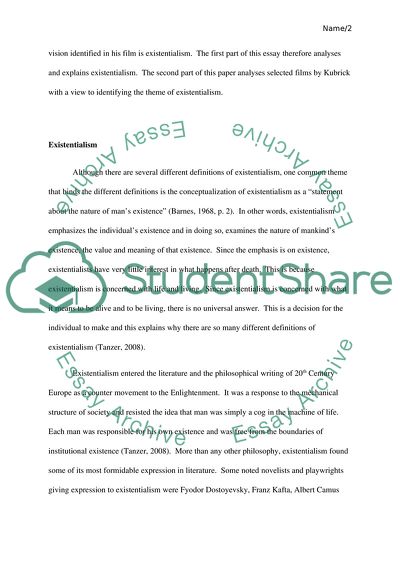Cite this document
(“Stanley Kubricks Philosophical Vision Essay Example | Topics and Well Written Essays - 4500 words”, n.d.)
Stanley Kubricks Philosophical Vision Essay Example | Topics and Well Written Essays - 4500 words. Retrieved from https://studentshare.org/philosophy/1788801-stanley-kubrick
Stanley Kubricks Philosophical Vision Essay Example | Topics and Well Written Essays - 4500 words. Retrieved from https://studentshare.org/philosophy/1788801-stanley-kubrick
(Stanley Kubricks Philosophical Vision Essay Example | Topics and Well Written Essays - 4500 Words)
Stanley Kubricks Philosophical Vision Essay Example | Topics and Well Written Essays - 4500 Words. https://studentshare.org/philosophy/1788801-stanley-kubrick.
Stanley Kubricks Philosophical Vision Essay Example | Topics and Well Written Essays - 4500 Words. https://studentshare.org/philosophy/1788801-stanley-kubrick.
“Stanley Kubricks Philosophical Vision Essay Example | Topics and Well Written Essays - 4500 Words”, n.d. https://studentshare.org/philosophy/1788801-stanley-kubrick.


